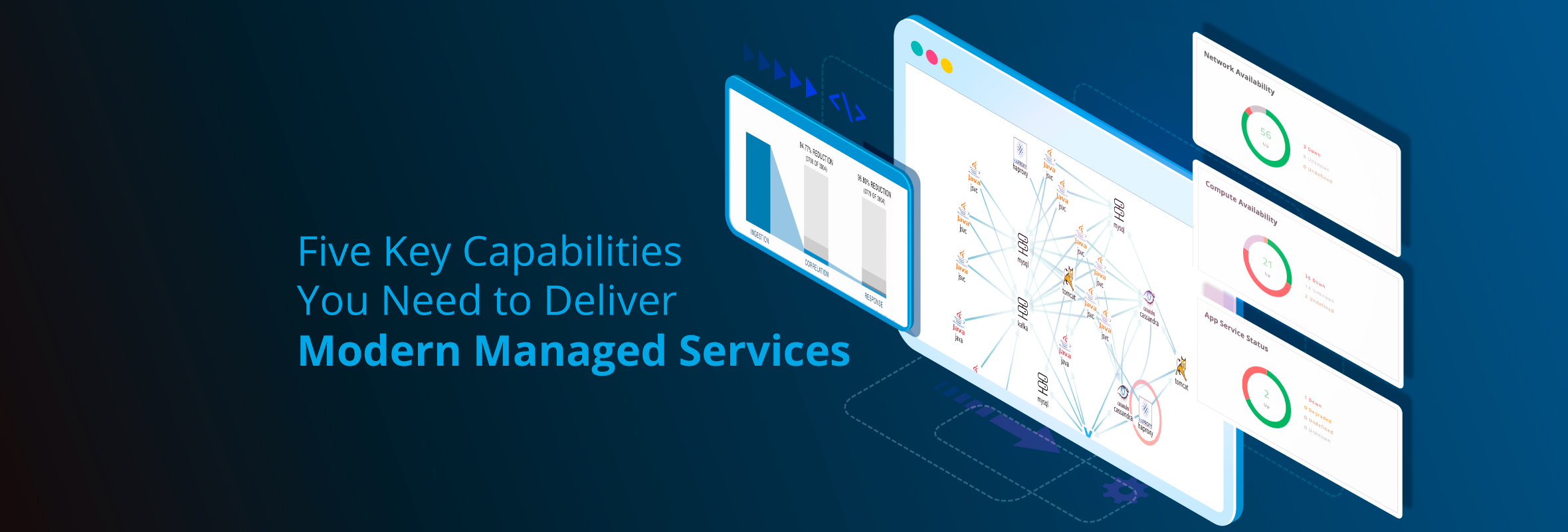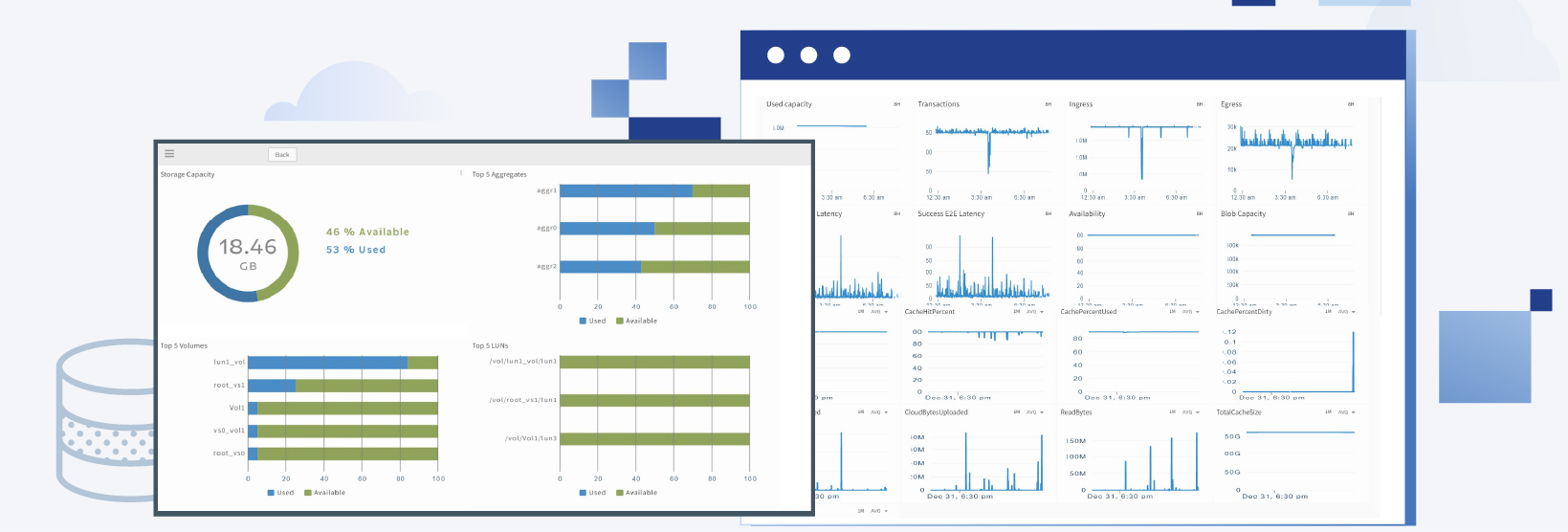The following post first appeared in the Forbes Technology Council.
The demand for cloud literacy in enterprise IT organizations has gone from a skills gap to a full-blown crisis. A search on IT job board Dice.com for the word “cloud” yields over 14,000 hits, which is about equal to its number of “network” jobs. As the digital transformation rolls on, that ratio is sure to shift in favor of cloud core competencies. Companies of all industries, sizes, sectors, and geographies are hiring for talent specifically to monitor, manage and optimize cloud workloads. And yet, that necessary talent is simply not emerging at the same rate. A study done by 451 Research illustrates this gap. 72% of today’s large enterprises still don’t have many certified cloud professionals on staff whatsoever. This is a full-blown talent crisis.
It’s clear that the race is on for expertise, and in many cases that means hiring. But as I talk to CIOs, I also see another topic arise that’s adjacent to this problem. They ask, “what do I do with my existing IT team?” These teams have institutional knowledge and, in many cases, have devoted the best years of their careers to maintaining existing, legacy IT infrastructure. These IT leaders are rightly concerned with evolving and retraining their current workforce into a new era that’s dominated by cloud, DevOps, AIOps, and service-centric IT management. But many of them don’t know where to begin.
I believe this evolution is possible, but it requires a shift in mindset from the old world of static, on-premises infrastructure to the new one of distributed architecture, customer-facing digital applications, and continuous, programmatic optimization. Here are four fundamentals of modern IT management and the mindset that will be required to power a successful digital transformation initiative:
PROVISIONING AND ORCHESTRATION
In the old world, a system administrator or network technician would provision a server or network once, and then only return to fix problems. This set-it-and-forget-it mindset doesn’t work in the world of continuous, dynamic workloads.
The new world requires regular, continuous provisioning, orchestration, and tuning of the system because that system can always be improved. Cloud costs are always shifting, instrumentation is changing, and network, compute and storage demands can flex with the business. The new cloud IT pro must prepare monthly, weekly or daily reviews of metrics to optimize and improve efficiency.
It’s also critical for modern IT teams to think about optimization programmatically. It’s impossible (and inefficient) to constantly tune a system. Instead, programs of fine-tuning should be planned and executed at regular intervals. After major software deployments, these new IT specialists should ask questions like “what storage is the right storage?” or “Is AWS the best provider for this workload?” and adjust accordingly.
Learn how OpsRamp helps with IT operations optimization.
AUTOMATION
Research indicates that 10%-20% of human work hours can be transformed by process automation. It’s the most efficient way to relieve an IT team from routine tasks. A good automation engineer can save an IT team from death by a thousand lines of code, or an avalanche of patches and updates.
In the old world, much of this work was manual and runbook-driven. An engineer would check the runbook and execute the policy manually through a menu of tasks. In the cloud world, however, that same engineer can set up a policy to run programmatically and accomplish the same task on a continuous basis. This world requires that engineer to think differently about software, policies, and methodologies to be effective. It requires a shift toward the business problem and process. Automation engineers must think big-picture first, and task-execution second.
Learn about OpsQ, the service-centric AIOps solution that takes automation to the next level.
SECURITY AND COMPLIANCE
Of course, security and compliance are always a priority. Modern IT professionals still need to worry about the old world of physical security in the datacenter, with they also need to consider the new world of data security in a multi-cloud environment. Security information and event management (SIEM) skills are a chief component of modern infrastructure and application management. When workloads are dynamic, compute resources are serverless and new APIs are a fact of life, compliance comes in the form of security checks and audits that are equally continuous and dynamic.
Learn how OpsRamp handles security and compliance for IT operations.
CUSTOMER EXPERIENCE
Finally, the new world will require a shift in how the IT practitioner thinks about the role of IT within the business. A focus on managing elements - servers, networks, endpoints, and hardware - is getting replaced with a focus on the business service. It’s now IT’s job to deliver an optimal customer experience through reliable, available business services, and the network or system administrator is getting replaced by the site (or service) reliability engineer. This role understands end-to-end application deployment and management, complete with the coordination of instrumentation and a testing framework to deliver these services. They understand both development and operations (DevOps) and the continuous integration/delivery (CI/CD) pipeline. Without a laser focus on customer experience, you'll fail to truly benefit from the promise of the cloud-native, web-scale technologies that are at the heart of digital transformation.
Learn how OpsRamp delivers IT operations as a service for exceptional customer experiences.
RESKILLING. RETRAINING. RETAINING.
It’s clear that the new hybrid and increasingly cloud-native world requires a different mindset for IT operations and service management (ITOSM), but that doesn’t mean it’s time to clean house and hire an entirely new team. Existing teams can be reskilled for the new wave of cloud and application-centric thinking. Start by evangelizing this transformation internally: prepare your team for a future in the cloud. Then, look for technologies that are flexible enough for the old methods of legacy IT operations management and the new approaches of continuous optimization and tuning. We are now living in a world of exceptional agility and possibility. The leaders of this new world will adjust their thinking to leverage it.
Next Steps:
- Learn more about the OpsRamp platform.
- Download our report on Top Trends in AIOps Adoption.
- Schedule a custom demo with an OpsRamp solution expert.






